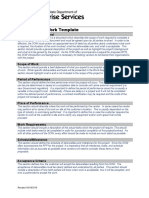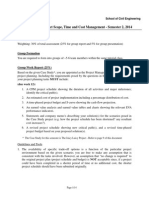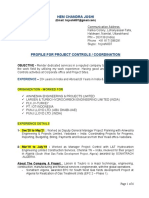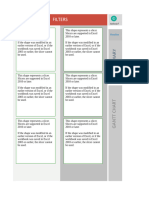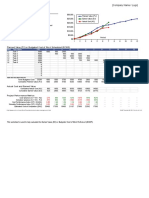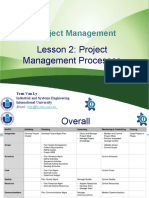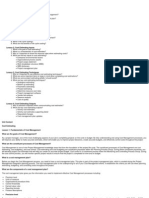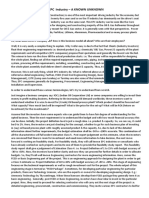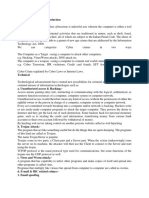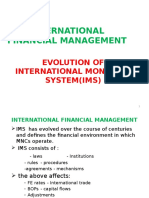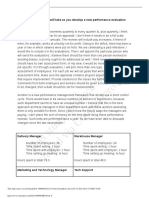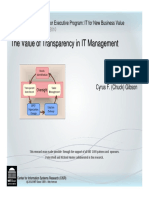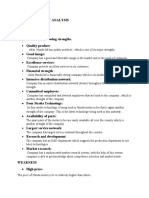0% found this document useful (0 votes)
355 views38 pagesProject Monitoring & Control
Project execution involves three main activities: kicking off activities, collecting outputs of completed activities, and collecting project status information on a regular basis. Monitoring and controlling the project includes collecting data on schedule, costs, and progress and comparing it to the baseline plan to identify any deviations and determine if corrective actions are needed. Earned value analysis provides an integrated view of the project by measuring planned costs, actual progress earned, and actual costs in monetary terms.
Uploaded by
Satya KumarCopyright
© © All Rights Reserved
We take content rights seriously. If you suspect this is your content, claim it here.
Available Formats
Download as PPTX, PDF, TXT or read online on Scribd
0% found this document useful (0 votes)
355 views38 pagesProject Monitoring & Control
Project execution involves three main activities: kicking off activities, collecting outputs of completed activities, and collecting project status information on a regular basis. Monitoring and controlling the project includes collecting data on schedule, costs, and progress and comparing it to the baseline plan to identify any deviations and determine if corrective actions are needed. Earned value analysis provides an integrated view of the project by measuring planned costs, actual progress earned, and actual costs in monetary terms.
Uploaded by
Satya KumarCopyright
© © All Rights Reserved
We take content rights seriously. If you suspect this is your content, claim it here.
Available Formats
Download as PPTX, PDF, TXT or read online on Scribd
/ 38


